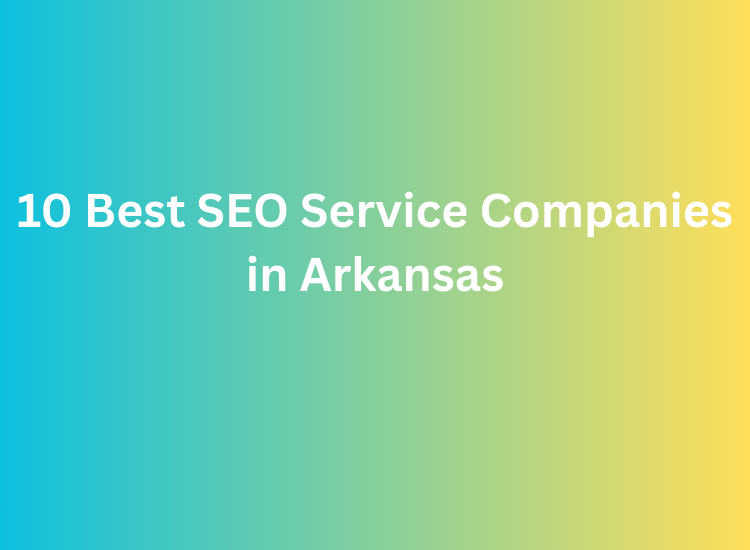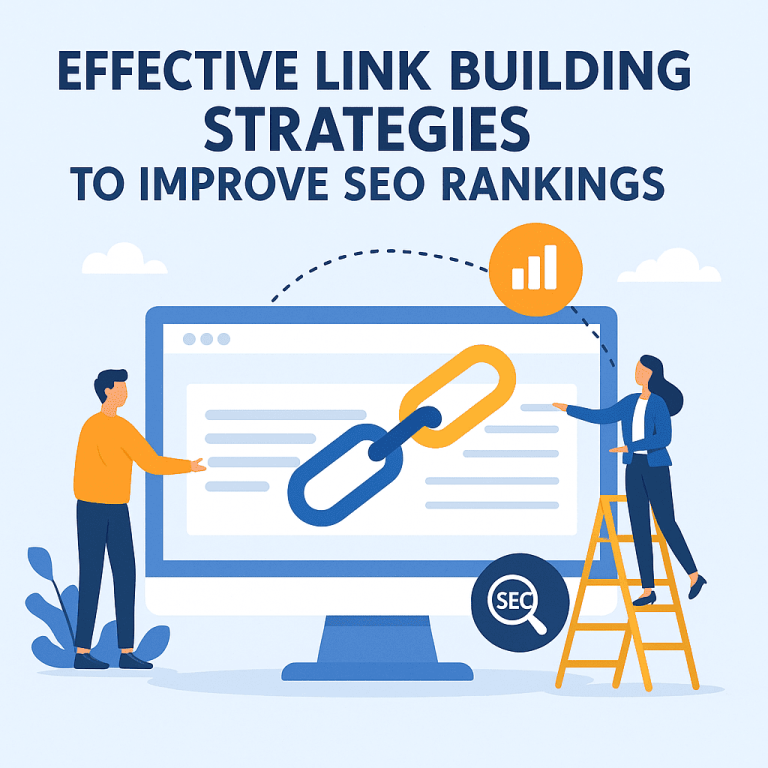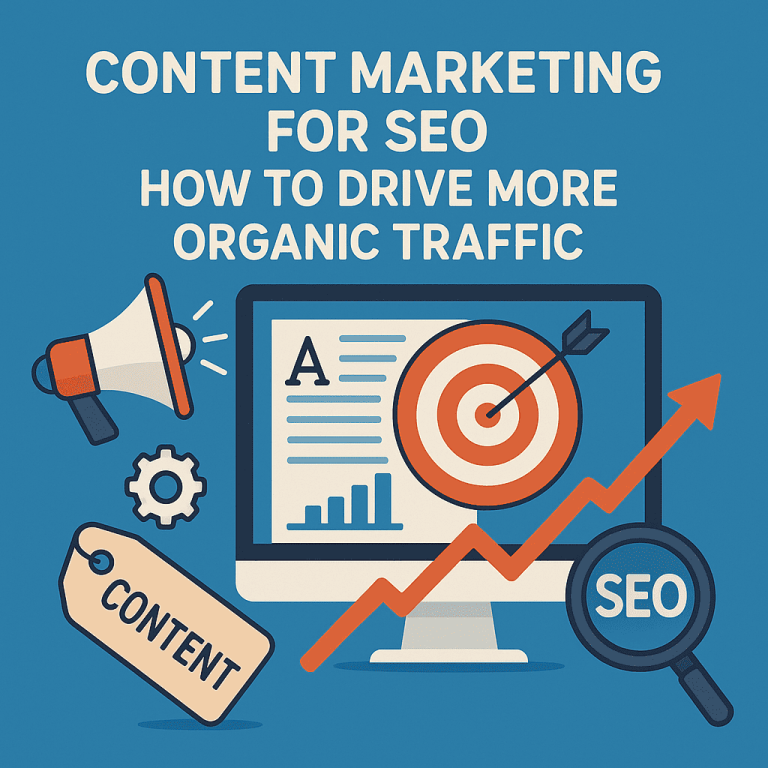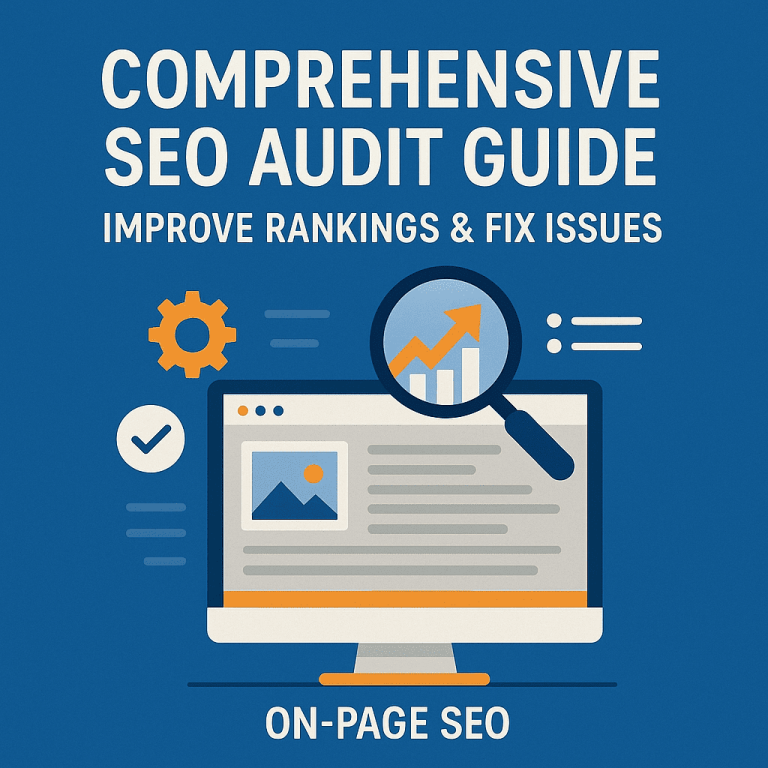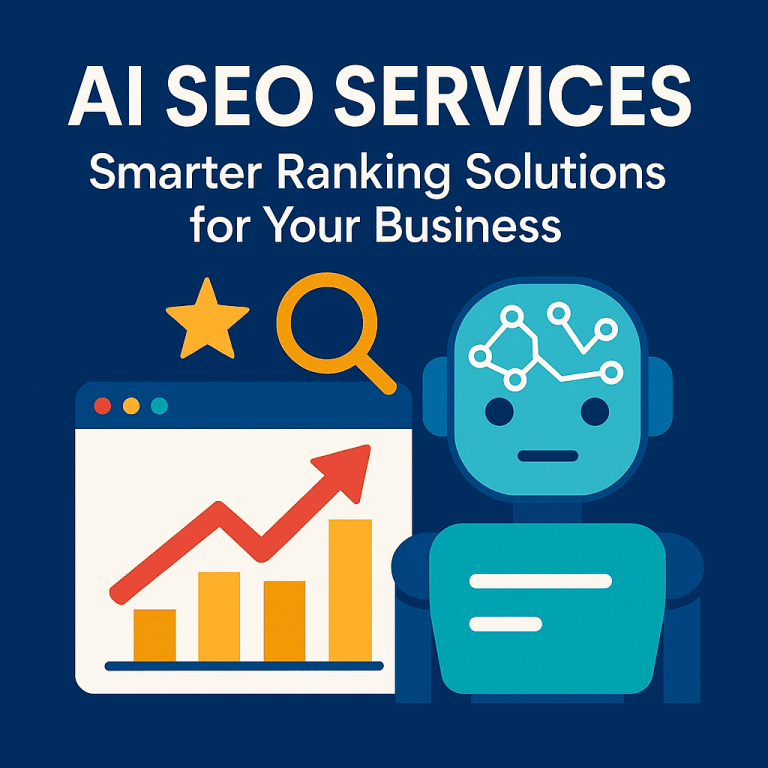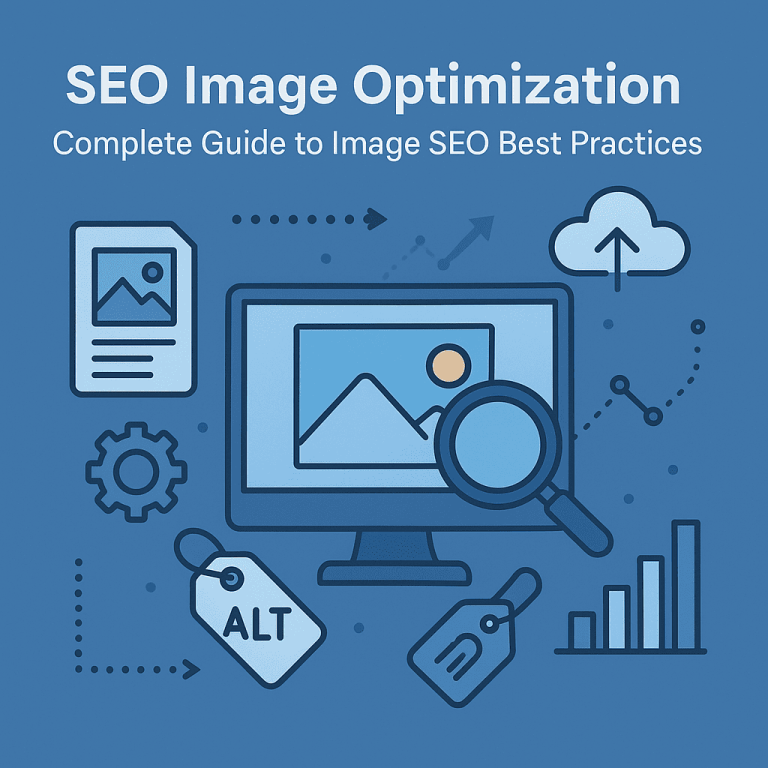The Future of SEO After the Announcement of AI Mode: What Changes Are Coming and How to Be Prepared?
Hello everyone! I am Md Shimul. In today’s post, we will discuss the upcoming changes in the SEO (Search Engine Optimization) industry after Google’s announcement of AI Mode. After this new step by Google, there has been some panic among SEO professionals.
However, today I will try to present the future of SEO to you, so that you can understand where your career can go in the future, what will be important, what may really end and what is just a rumor. I do not want to paint a colorful picture here—some things you may like, some you may not. However, I will discuss what is real. Let’s get started!
What does this mean for Google’s AI Mode and SEO?
Since the rise of ChatGPT, Google has made some changes to their search strategy. In 2023, Google first launched Search Generative Experience (SGE), which was later renamed Ai Overview. From these two experiments, SEO experts realized that website traffic coming from Google would decrease.
Many were somewhat prepared for this change. As a consolation for SEO experts, Google said that if you want your website not to be displayed in AI Overview, you can use the no-snippet tag. Through this, your website will be excluded from AI Overview. But what Google did not say publicly is the complete change to the Search Engine Results Page (SERP).
From the beginning, Google was known through the Search Engine Results Page. We call it SERP for short. Even during SGE or AI Overview, results were shown on the search results page. However, their order was: first AI Overview, then Featured Snippets, then Ads, then “People Also Ask”, then Google My Business (GMB), and finally Search Results.
But Ai Mode has completely changed this equation. In AI Mode, there is no more search results pages. Now you ask a question, and Google gives you a direct answer. This answer may be collected from the content of the website, but what you get is an answer, not a list of website links. So can we call this page a SERP? No, it is now a Search Engine Answer Page. Google itself calls it “Answers” instead of “Results”.
When Google launches AI Mode everywhere in the next few months and makes it the default, the SERP will almost certainly cease to exist. But that doesn’t mean SEO is dead. Let’s break it down a bit.
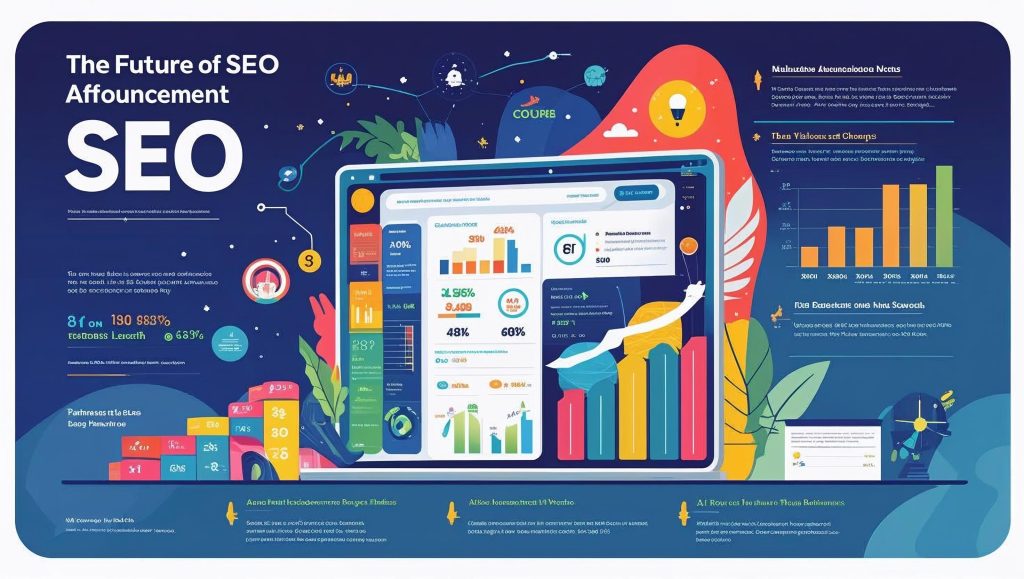
What is the main purpose of SEO?
Informational blogs or websites aside, the main purpose of SEO is to bring pages to the top of search results, from which sales are made, leads are collected, or appointments are booked. That is the primary goal of SEO.
No one wants to intentionally write just blog posts. The purpose of writing blog posts is to bring the main pages of the website to the top of search results, so that sales, leads, or appointments are obtained.
Google is not selling any products or providing services. Google employees will not sit down with your clients for appointments. So clients and customers will still come to you. Only the method will change.
Suppose, earlier your website used to get 2000 clicks, and from that you used to get 200 leads or 100 customers. In AI mode, you might get 400 or 1000 clicks, but depending on your marketing strategy, you might still get 200 leads or 200 customers. The number of users will remain roughly the same, but the traffic volume may decrease.
What changes in AI mode?
In AI mode, the answer page is displayed instead of the search results page. This page displays website links in the form of a Swipeable Carousel (where links can be seen by sliding). There is no position 1, 2, 3 here—everyone is in the first position, but some are in front, some are behind.
The title and description of the first website are shown, but the titles and descriptions of all the others are hidden. If your website is not in the first position, then no one will even see your title and description.
Also, if the user swipes and your title or description is not directly related to their question, then the probability of getting a click is even lower. In AI mode, users are already getting a complete answer. So, only those who really want to buy a product or service will come to your website. No one will come to read a blog post.
In this situation, when writing Title & Descriptions, you need to give something that gives users a direct reason to click.
For example, a title like “dental hospital in mohakhali” will not work. Instead, use something like “30% off on the appointment fee”. Give users a specific reason to click. Do this for your money page (where leads or sales are generated). This will not be as useful for informational content, as Google will use that content to show the answer.
What is the future of informational content?
A typical SEO expert’s day starts with writing titles and descriptions. Then, a large part of the day is spent writing, planning, or researching informational content. But in AI mode, the need for this content will be greatly reduced.
All the content on the Internet—good, bad, interesting, or boring—has been integrated into ChatGPT and Google’s model. Even if you write new content using an AI writer, that content has no special value to Google.
We used to have one weapon: we would give Google content, and Google would rank our money pages. This equation is changing now. In AI mode, Google already has the answers, stored in their knowledge vault.
They might show links to some websites, but that’s just to avoid public relations (PR) problems. If Google starts giving direct answers, they will have to explain where this information comes from. That’s why they show website links, but not to rank them.
The structure of the websites that are shown in the AI overview is different from the websites that are ranked in regular search results. In AI mode, a website is not shown at the top simply because of the quality of its content or the latest blog posts. Now Google chooses websites that are semantically relevant to the user’s query and match the user’s search history.
Why is branding important now?
In AI mode, your website will only be shown at the top if the user has already visited your website. And this will be possible when you emphasize branding. Branding is not just about running ads. It is part of SEO. The more people come to your website, whether through social media, shared articles, or social outreach, the more successful your website will be.
With branding, you give users a reason to come to your website. This could be engaging social media posts, shareable content, or outreach programs. The more people who come to your website, the more your search success will increase.
The role of backlinks and user interface
In AI mode, the importance of backlinks will also decrease. Google will automatically match semantically relevant websites to user queries. So the need for general forum backlinks will decrease a lot. Only backlinks from reputable brands will be important.
In addition, emphasis should be placed on user interface (UI) and user experience (UX). Your website should be such that users come back again and again and spend more time.
Remind the user which website they are on. Create a good user interface, so that users stay on your website and come back again and again. This will help increase your search traffic.
The future of SEO and how to be prepared?
Digital marketing and SEO are always changing. After the Penguin and Panda updates about 10 years ago, we emphasized the quality of content. Now another big change is coming with AI mode. To survive this change, you need to focus on the following:
1. Branding and User Engagement: Strengthen your brand. Drive users to your website through social media, content sharing, and outreach.
2. Title and Description Optimization: Write titles and descriptions that give users a reason to click. Mention discounts, offers, or direct benefits.
3. User Interface and Experience: Improve the design and user experience of your website so that users spend more time on it.
4. Money Pages Instead of Informational Content: Focus on pages that generate sales or leads instead of blog posts. So don’t stop writing blog posts, provide information that will be useful to your customers.
5. Compete with Your Competitors: Compete with your competitors, not Google. Understand and adapt to Google’s new policies.
In conclusion, this is what I will say
SEO is not going anywhere, only its strategies and working methods are changing. The amount of traffic may decrease, but the amount of business will remain the same, if you do not let your competitors lose business. Learn to adapt to Google’s new rules and AI mode. Always stay connected with the latest news, learn new strategies, and succeed in this new era of SEO.
